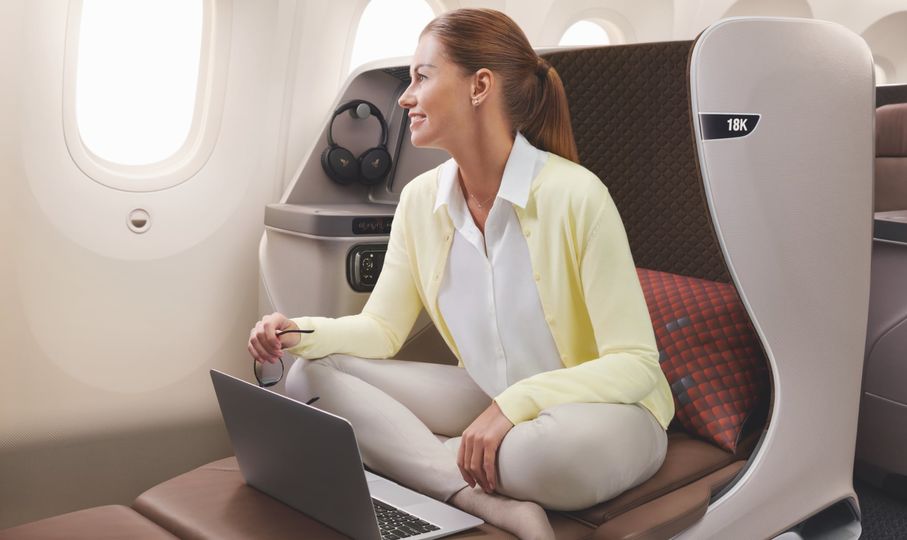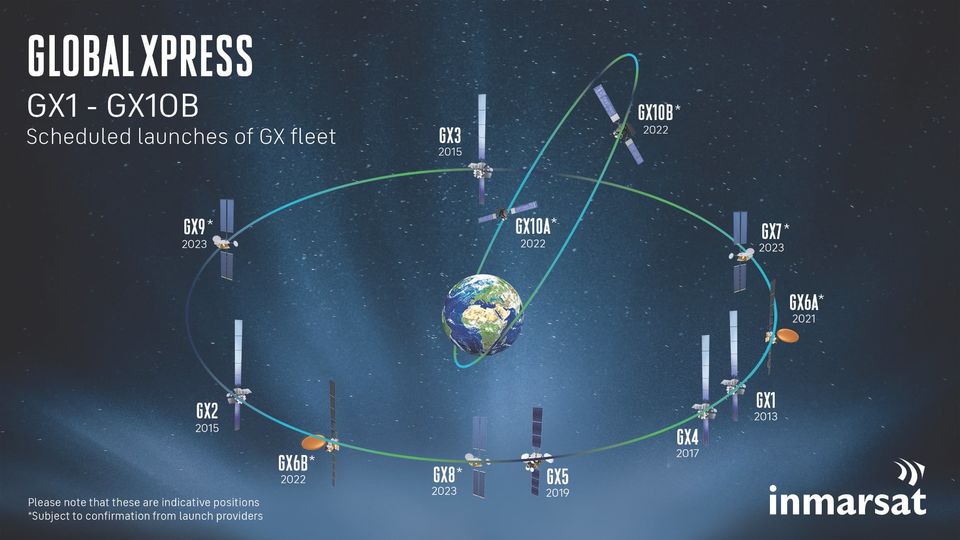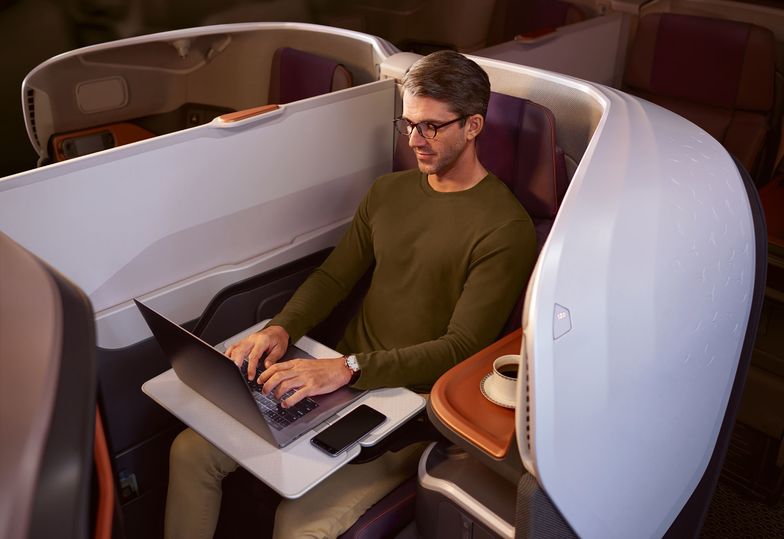Inflight WiFi without dropouts a necessity for post-pandemic travel
Going online above the clouds is good, but being able to reliably stay online throughout the flight is even better.

Three hours into my 14-hour flight, with a light meal and a movie under my belt, it was time to bring out the laptop, connect to the in-flight Wi-Fi system and settle into some work.
Two out of three boxes were ticked. I had my laptop, and I definitely had my work. What I didn’t have was a usable WiFi connection.
It sputtered, stalled and then gave up trying, declaring ‘coverage is currently unavailable’.
In a world where almost nine out of ten flyers will choose their airline based on the promise of high-quality WiFi, an unreliable connection – either ‘too slow’ or ‘no go’ – is incredibly frustrating for the traveller, and for airlines it creates a literal disconnect from the ideal passenger experience.
Worse still, too many international carriers still don’t even have an in-flight WiFi offering for passengers.
In its November 2020 Passenger Confidence Survey, global satellite telecommunications company Inmarsat found that 87% of Australian passengers indicated access to inflight Internet influences their choice of airline.
And the longer the flight, the more important that WiFi – consistent, dependable, reliable WiFi – becomes.
That’s brought into sharp relief as airlines look to get international travel back on track, with a roadmap to launch ultra-long-range routes that skip half-way stopovers in favour of direct destinations, an outcome of changing air travel behaviours stemming from the pandemic.
“I think it’s natural that you would want connectivity on international flights to and from Australia,” reflects David Coiley, Vice President Aviation at Inmarsat.
“Many of these flights will coincide with a significant part of most people's working day, and business travellers will need to stay connected while in transit, thanks to the pandemic making work something you can do anywhere, including on an international flight.”
WiFi is now a ‘must-have’
Of course, it’s not just about the work – although there’s much to be said for not touching down to a full inbox and a flurry of urgent emails, because you’ve been able to keep on top of things while you fly.
There’s also the social aspect – swapping emails, messages and social media updates with friends and family – and even being able to stream live TV coverage of that football match, golf tournament or F1 race.
“Whatever the reason, it allows you to feel that you’re in touch, that you know what’s going on, and that’s both comforting and reassuring to passengers. Research from Inmarsat before the pandemic began found that in-flight connectivity had already become a must-have for airline passengers,” Coiley says.
But regardless of how you intend to use the Internet, it needs to be there when you want to use it, which calls for 100% coverage from start to finish.
Inmarsat ticked that box in 2015 with its first three Global Xpress satellites, which orbit the planet at almost 36,000km, blanketing the earth (and the sky above it) with high-capacity signals using modern Ka-Band technology.
“You need a minimum of three satellites to cover the world and achieve dropout-free coverage,” Coiley explains.
But Inmarsat didn’t stop there, adding the GX4 and GX5 satellites across 2017-2019, with the GX6 series joining the Global Express constellation in 2021-2022.
“Everything that we’ve been doing since 2015 is to build in more reliability, capacity and bandwidth onto the global underlay that we got from our first three satellites.”
The twin GX6A and GX6B satellites will take that technology one step further by being able to steer and move their spot beams onto different parts of the planet to cater for periods of peak demand, again ensuring maximum coverage for every plane and every passenger.
“At busy areas and times around key hub airports like Sydney, Singapore, Heathrow and Los Angeles – or anywhere in between – we can add significant amounts of capacity on top of our existing global network to stay ahead of the demand curve,” Coiley says.
“Over a 24-hour period the concentration of aircraft shifts from east to west, from the Asia-Pacific area through to Europe and to North America. We can use those steerable beams to follow that pattern and ensure there’s always enough capacity and enough speed.”
Speaking of speed, how much do passengers need and how much can they get?
“Right now, our requirement is to deliver every passenger fast, reliable internet for the entirety of their flight, on every aeroplane, no matter the device they choose,” Coiley declares.
While 3Mbps sounds slow when you’re used to mobile or home broadband speeds, it’s actually enough for streaming Netflix in HD definition – which in turn is all a traveller needs on their laptop or tablet.
“Giving everyone a consistent, reliable 3-5Mbps throughout the flight provides a great user experience to the passenger for watching Netflix, browsing the Web, catching up with the news and staying in touch on social media.”
Inmarsat’s next-generation GX10A and GX10B satellites, both due to launch in 2023, will even bolster coverage over the north pole.
This is seeing increased activity as a ‘shortcut’ between destinations in the Asia-Pacific region, North America and the Middle East, as well as ultra-long-range flights such as Qantas’ proposed non-stop Project Sunrise services from Sydney and Melbourne to London and Paris.
“The GX10 satellites will be in a highly elliptical orbit to provide continuous coverage across the north polar region that will be unique to Inmarsat,” Coiley says, “again layering on top of what the Global Xpress system already delivers.”




